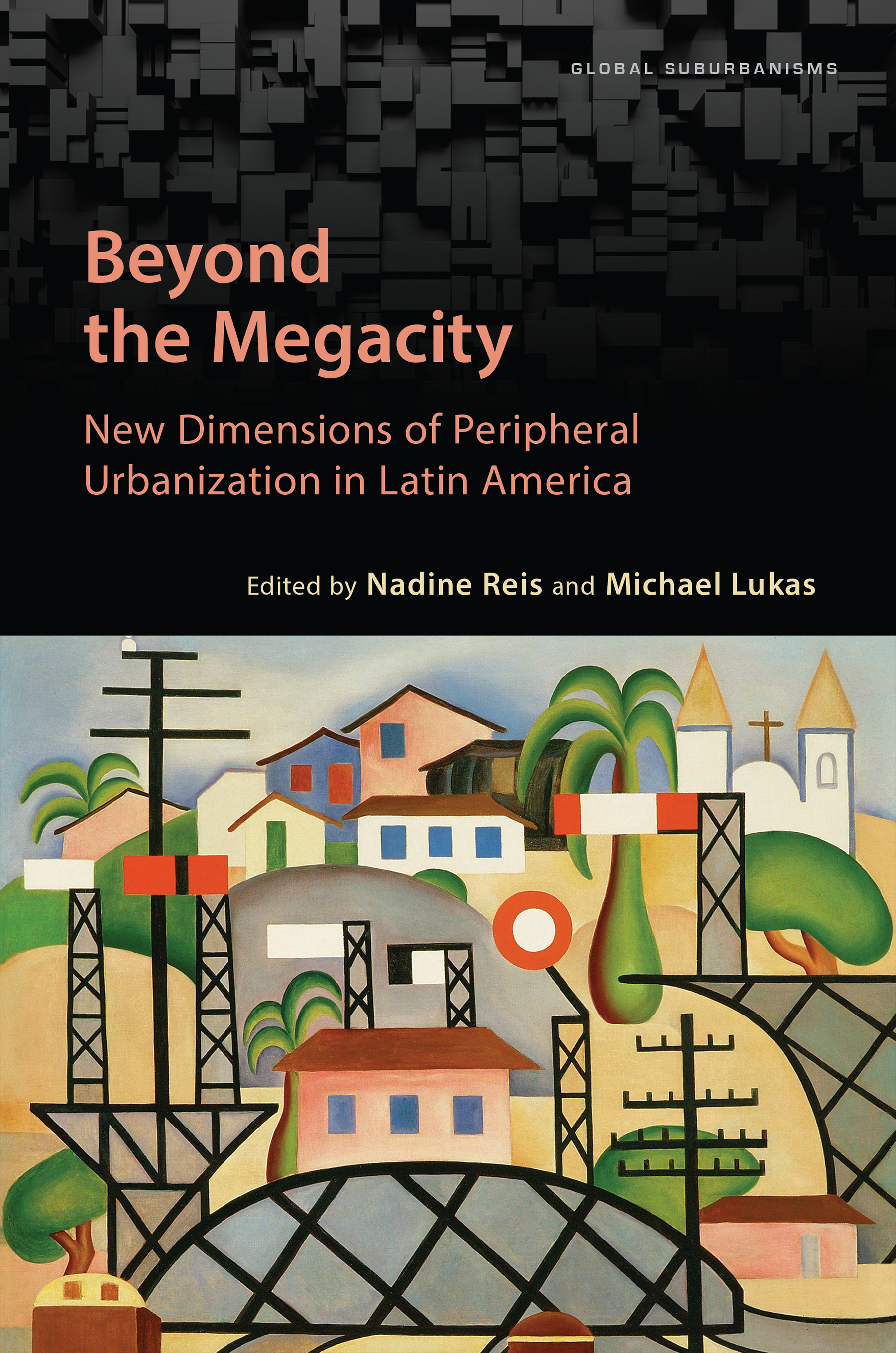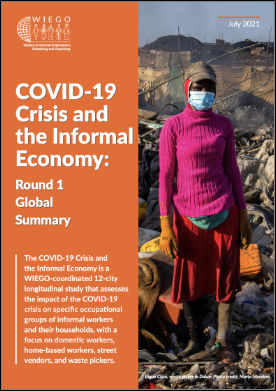- Who We Are
- How We Work
- Regional / Country Initiatives
- Legacy
- Core Themes
- Working Groups
- Portfolio & Results
- Newsroom
- Resources
Managing Systems of Secondary Cities
A major new publication commissioned by the Cities Alliance, Managing Systems of Secondary Cities by Brian H. Roberts, provides much-needed data on the changing trends of secondary cities and the role they can play in regional and national development.
A major new publication commissioned by the Cities Alliance, Managing Systems of Secondary Cities by Brian H. Roberts, provides much-needed data on the changing trends of secondary cities and the role they can play in regional and national development.
These cities, ranging in size from between 150,000 and five million, represent one of the biggest opportunities for urbanising economies globally. Some 75 per cent of the world’s population lives in urban settlements of fewer than 500,000 people.
“A balanced system of cities with strong secondary cities offers tremendous potential for regional and national economic development. Many poor cities and rural regions could double or even triple their GDP,” says Roberts.
Despite their growing role, countries often ignore the productive role that secondary cities can play in a balanced national system of cities. As a result, many secondary cities are facing numerous development challenges – including creating jobs, attracting investment for needed infrastructure, and diversifying or revitalising their economies – with far fewer options than their larger counterparts.
Managing Systems of Secondary Cities explores how to make these cities more competitive and efficient. It reviews existing literature and trends, and redefines the concept of a secondary city within the global context.
The book also includes 15 regional case studies that illustrate the way countries in developing regions have approached urbanisation, decentralisation and other developments in support of secondary cities development. It also examines what international development assistance agencies and organisations can do to support the development of secondary city systems.


